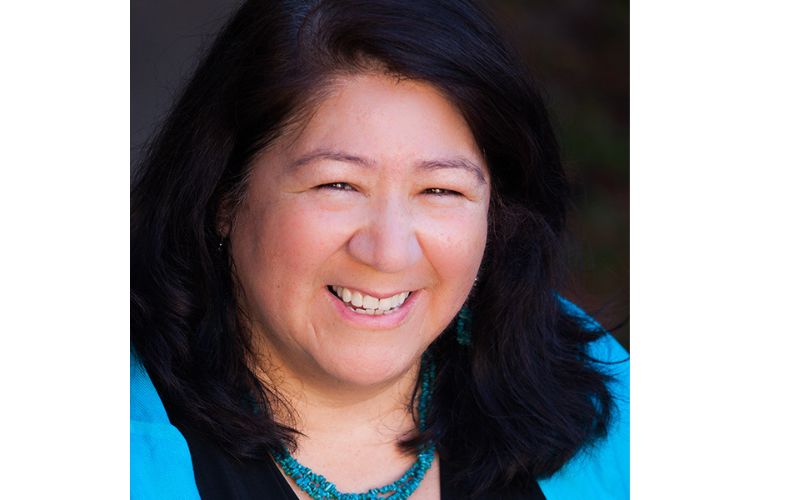
- Details
- By Kaili Berg
At the forefront of this initiative is Angela Gonzales, an enrolled member of the Hopi Tribe and ASU’s director of American Indian Studies.
Gonzales’ passion for advancing Indigenous health equity stems from decades of experience in research and academia. Under her leadership, the dashboard is designed to become a vital tool for bridging the gap between health data and real-world applications.
Native News Online spoke with Gonzales about the inspiration behind the dashboard and its development. Gonzales highlighted how the COVID-19 pandemic underscored the need for better access to Indigenous health data and described its creation as a collaborative effort shaped by tribal input and student involvement.
Tell me about creating the dashboard. What inspired it?
Some colleagues and I submitted a grant proposal, but the dashboard really emerged from the ongoing work faculty at ASU have been doing to address Indigenous health equity. With funding from a grant, we launched a beta version, expanded it, and included students. The students help with research and learn skills like conducting literature reviews.
What specific problem or gap in Indigenous health research is the dashboard addressing?
It’s mainly about accessibility, giving tribal communities easy access to research on Indigenous health. The dashboard is a one-stop source where users can search by keyword, health condition, or tribal affiliation. It creates a curated list of research articles without needing to sift through large databases like PubMed.
How were tribes and Indigenous communities involved in the development of the dashboard?
It stemmed from collaborations with tribal partners, particularly during the pandemic. Tribes wanted access to health research to better understand the broader trends affecting their communities. The dashboard aims to make research accessible and contextualize tribal health issues within larger national trends.
How are research studies selected for inclusion? Are there specific criteria?
We use keyword searches based on health conditions, tribal affiliations, and regions. For example, you can search for diabetes studies in general or focus on specific tribes or regions. The dashboard also allows searches by study type, such as quantitative or qualitative, making it much more targeted than broader databases like PubMed.
Did your team face challenges in developing the dashboard? How did you address them?
The dashboard wasn’t originally part of the project; it evolved through conversations with tribal partners. We realized it was something ASU could do, and we involved students, especially Native students, to help build research capacity. This also gave non-Native students exposure to Indigenous health issues.
What impact do you see the dashboard having on Indigenous health research and addressing disparities?
The dashboard provides data to support tribal programs and funding applications. It empowers communities with scientific knowledge to address health issues and develop policies or education programs. It also gives researchers and students a starting point to navigate Indigenous health research.
Are there plans for additional features or expansions to the dashboard?
Yes, we’re working to include older publications to show how Indigenous health approaches have evolved. Another potential area is linking research to policies, like those arising from COVID-19 funding targeting tribal communities.
What message do you hope to send to researchers and policymakers about Indigenous health research?
Indigenous health issues often reflect broader societal challenges. The dashboard provides a framework for developing actionable strategies and programs. It’s rewarding to see the immediate impact of this work in tribal communities.
Is there anything else about the dashboard you’d like to highlight?
It’s a work in progress. I’d love to build a course around it where students can develop research skills and contribute to the dashboard. It’s exciting to see their curiosity benefit not only themselves but others.
More Stories Like This
‘A good stew is a story’ Blackfeet buffalo rancher shares Three Sisters Buffalo Stew recipeNational Indian Health Board Urges Congress to Extend Enhanced Premium Tax Credits
$1.25 Million Grant Gives Hope to Tolowa Dee-ni' Nation Amid Housing Crisis
HHS Repeals Nursing Home Staffing Requirements, Citing Relief for Tribal Facilities
Native Americans Face Second-Highest Gun Death Rate in U.S., New Study Shows


